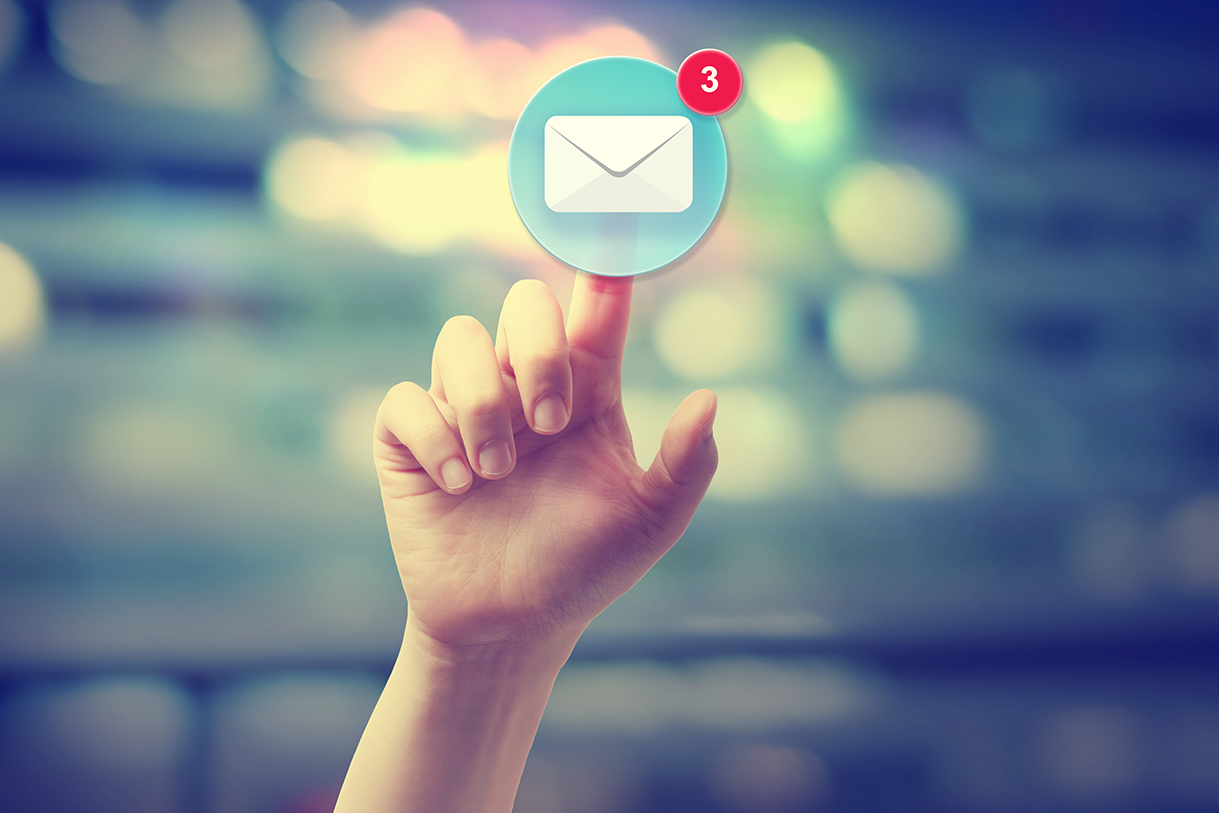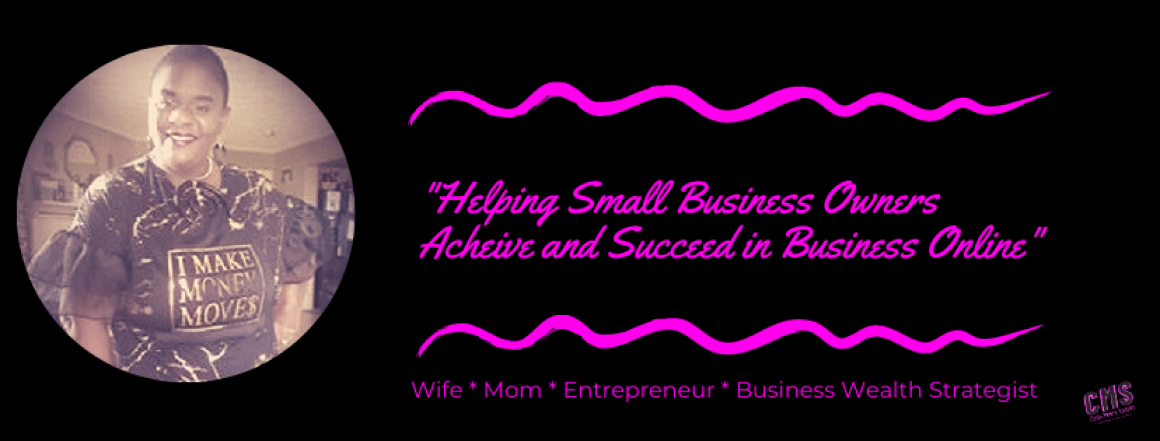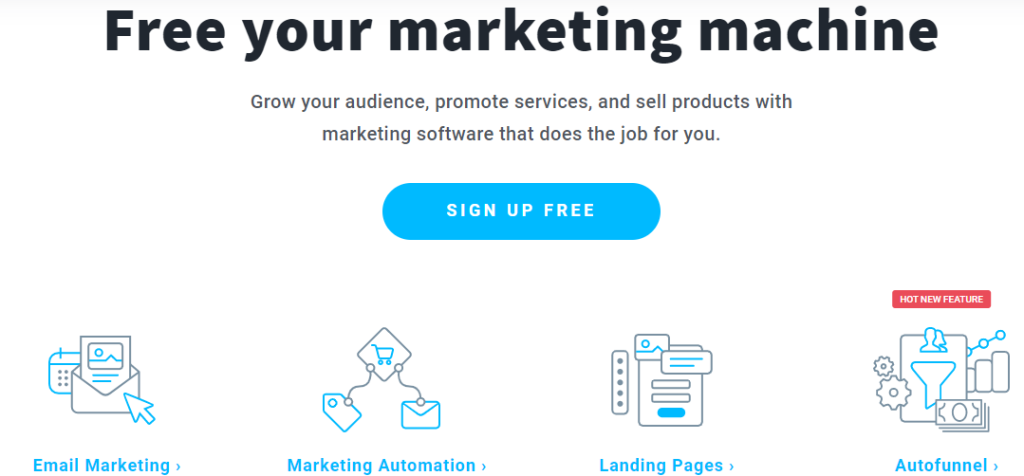What Do You Think About Email Marketing? Does It Still Work?
The real question here is, DO SALES STILL WORK?
Because if sales DO work, then email marketing is the only sane way to do them in 2019.
And if they DON’t, you’re either in a very tough and competitive niche or you’re just doing them wrong.
Either way, email marketing does work if you have a clear strategy, the right tools and a bit of common sense.

One of the best parts about email marketing is the ability to target your customers. … You can be far more strategic with your emails, which makes it a more effective way to deliver your message. This translates into more effective marketing.
At its most basic level, email marketing is the use of email to promote your business. It is used to cultivate relationships with potential customers, keep current customers informed and updated on your brand, offer coupons to encourage customer loyalty, and more!
- Make it personal.
Don’t be afraid to get personal with your customers. Personalization increases response rates and boosts engagement. Use names in email messages to grab attention, but don’t use full names–that can come off as creepy and even make customers feel uncomfortable. Make sure the customer information you have on file is accurate. Misspelling names or using incorrect titles can damage your reputation instead of helping it.
- Use subject lines, headlines, and subheads to your advantage.
It can be tempting to quickly write subject lines, headlines, and subheads, but it’s worth your time to put some thought into crafting these smaller, but valuable, facets of customer communication. Be simple and straightforward, but clever in your subject line and headline. The recipient should be able to understand the purpose of your message with just a 3- to 5-second scan. Make sure your subheads support your headline and offer further information and instruction without distracting from the body of your copy.
- Write targeted, brief and enticing body copy.
People never want to read rambling copy–and people especially don’t want to read rambling copy in an email. Open with text that will hook your audience, like a rhetorical question or compelling offer. Avoid yes or no questions, as these can deter customers based on their answers. Introduce the most compelling benefits of your offer, summarize important details and focus your energy on one clear call to action. Make your copy easy to scan by using short sentences, simple language, and bulleted lists.
- Don’t overlook the little things.
In an email, a bit of extra effort on your end goes a long way for the readers, especially for mobile. You can boost user experience by pre-filling forms, limiting the number of fields on a form, pulling in user data through progressive profiling and sizing the fields to match the length of the information to be entered. All of these steps lead to better response and engagement rates.
- Know when to send and when not to send.
The ideal send frequency can vary depending on audience expectations, product, service or campaign type. Generally speaking, you should send emails at least once a month. But don’t send an email just for the sake of sending an email–communicate with your audience when you really have something good to offer. Make sure the content is useful and the topic is relevant. Don’t send too often and don’t be too aggressive. That’s a major turnoff.
- Call users to action.
The call to action is everything. Use persuasive words and incorporate the “What? Why? How?” method. Tell users what they need to do, why they should do it and how to do it. Tailor the CTA to your audience and provide multiple links throughout the email to make it easy for users to take action. Use CTA buttons, but avoid including CTA links within any images.

- Avoid common email marketing blunders.
Avoiding common mistakes can give your email and your entire campaign the finishing touches needed to be a success. Don’t use all caps, don’t mention opt-in preferences in your email body copy, and don’t choose font colors and sizes that are too hard to read or too large to display on mobile. Use clean and light HTML coding, include basic company information like name and address, include an unsubscribe link in the footer and use common fonts to ensure it will be readable on whatever device your customers are using.
- precise segmentation
- personalization based on behavior.
I say it again, personalization is not about adding your recipient’s name to an email. It’s about understanding their behavior within your product or website and scheduling your emails based on it.
Like, if you’re using advanced customer communication platforms like My Lead Gen Secret for your email marketing, all this info is collected by them automatically and is available for you as email triggers.
These criteria can be anything from specific locations and languages to last pages and time spent on them. It’s all in the settings for your email campaigns.
It’s all about your understanding of your customers’ behavioral patterns and pain points.
Being a successful digital marketer isn’t easy.
Here’s a Digital Marketing Toolkit Suite that offers top-rated insights about email marketing, guides to the latest marketing technology and rules for crafting effective messaging. The direction it provides can help you succeed in a competitive digital landscape and set you up for long-term success.
Thanks visiting my website and reading this article.
Hope this helps.
Did you get value? If so, please share on Facebook.
Dedicated to your success,
Miss Carla

Stay Connected With Me:
email: misscarlamoore@gmail.com
InstagramYouTubeFacebook
Have Questions? Click here to chat with me on Facebook
P.S. Start building your email list TODAY, just click here and start getting 100+ highly targeted hungry opportunity seekers DAILY!




